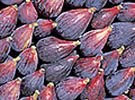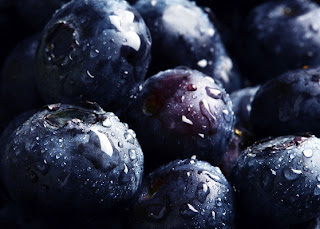"We have no idea what to do. I want to cry bitterly looking at my orchard trees," said Margo Vardanian, the owner of an apricot orchard in Jrashen, a village in central Armenia's Ararat Valley. "Hail and rain have spoilt the crop. The apricots that survived … are not fit for export."
Freezing temperatures in late March, along with protracted rain, severely damaged apricot orchards in the Ararat Valley, the 3,071-hectare-large epicenter of Armenia's apricot industry. Nearly three months after the procession of storms, orchard owners are still cursing the bad weather.
Agriculture Minister Gerasim Alaverdian has predicted a 30-40 percent slump in the 2010 apricot harvest, compared with last year's yield of 85,000 tons. That slump is reflected in prices at Yerevan's central market, where imported bananas now sell for far less than local apricots -- about 600 to 800 drams (about $1.60 - $2.00) per kilo of bananas compared to 1,000 to 2,500 drams (about $3.00 - $6.50) for a kilo of apricots. Those prices, roughly three to eight times the level of last year's prices, have made apricots a delicacy for many Armenians.
At a June 2 press conference, Alaverdian pledged that "[t]here will be no problems with apricot export and storage," but high prices and short supplies make some experts skeptical about how well Armenia's apricots will be able to compete this year in Russian and European markets. Last year, Armenia exported 13,500 tons of apricots to Russia and the European Union. Data on the revenue value of those exports was not immediately available.
The country's largest apricot export company, Spayka, is expecting to slash its exports by 30 percent this year, according to Spayka Development Manager Karen Baghdasarian.
Apricot farmer Vardanian shares the skepticism about the market outlook for apricots. She expects less than a ton of apricots from her one-hectare orchard this year. In 2009, the orchard produced about 22 tons. To keep the orchard going, her family took out a bank loan of more than a million drams, or about $2,670, she said. "Huge loans and debts -- this is all we have now, we don't know what to live on," Vardanian recounted. "I wish the government helped us by freezing [interest payments on] our loans until next year's harvest."
An apricot orchard owner from Etchmiadzin, a town about a half-hour's drive from Yerevan, expressed similar frustrations. "The trade in our orchards was in full swing at this time in the past, while now we have neither work to do nor any expectations [of work]," complained the orchard owner.
But, for now, whether or not the government plans to intervene remains unknown.
Deputy Agriculture Minister Samvel Galstian said the ministry is still evaluating the damage to Armenia's apricot crop and will submit a report for cabinet consideration in July. "We don't know yet whether the government will be able to help the farmers or not; we have to wait now," Galstian said.
Meanwhile, apricot farmers are settling down to wait, too. "We must survive until next year, then we'll see what we can do," said one Etchmiadzin orchard owner, pointing out the poor quality of his orchard's speckled apricots. "Still, a question remains whether we'll manage or not."












































